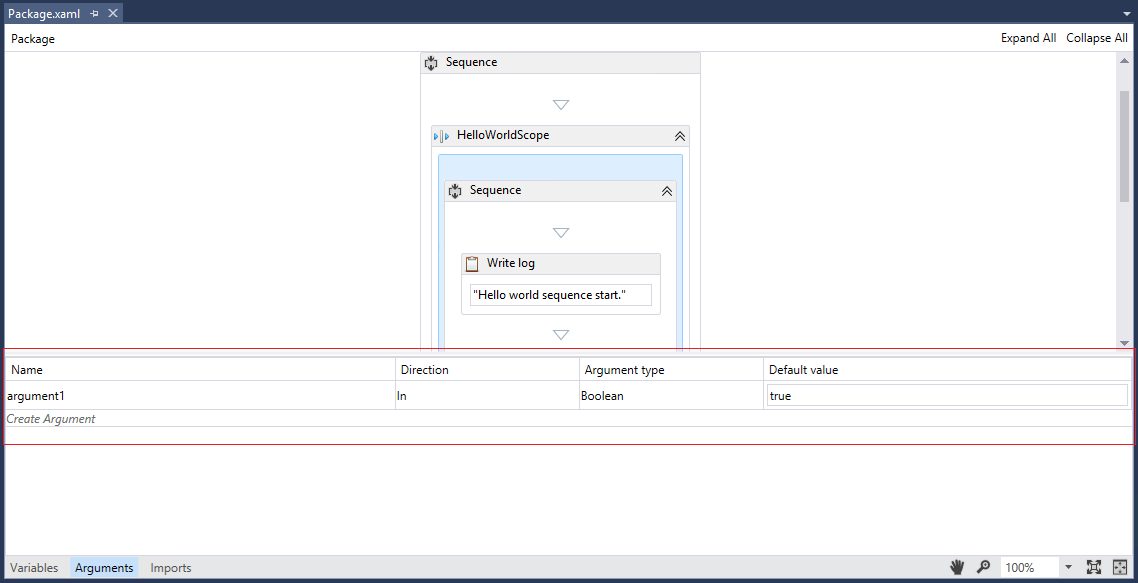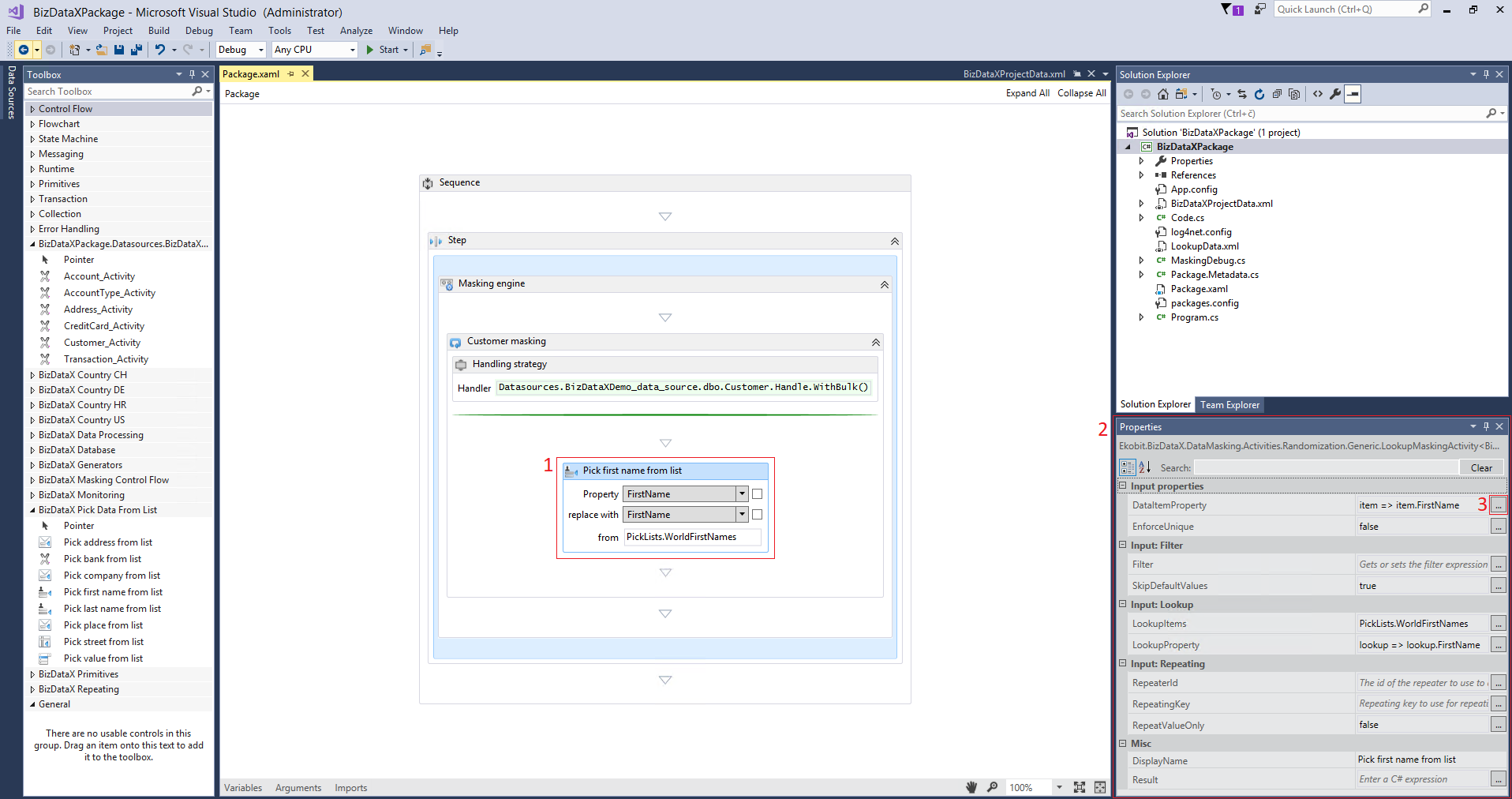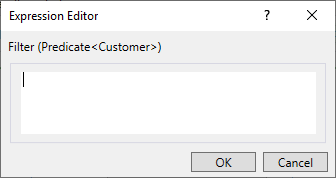- BizDataX
- Installation guide
- Requirements
- BizDataX Designer installation
- BizDataX Designer version upgrade
- BizDataX Designer advanced settings
- BizDataX Portal installation
- BizDataX Portal version upgrade
- BizDataX Portal advanced settings
- NuGet packages installation
- Start guide
- Creating a data model (BizDataX Portal)
- Finding sensitive data
- Producing a specification
- Creating a new Visual Studio BizDataX project
- Creating a data model (BizDataX Designer)
- Creating a simple masking flow
- Publishing package to BizDataX Portal
- Executing package
- BizDataX Portal
- User manual
- BizDataX Designer
- Workflow
- Creating a new Visual Studio BizDataX project
- User interface elements
- Creating a data model
- Toolbox items
- Masking activities
- BizDataX Masking Control Flow
- BizDataX Country CH
- Generate AHV (Sozialversicherungsnummer)
- Generate CH IBAN
- Pick CH address from list
- Pick CH bank from list
- Pick CH company from list
- Pick CH first name from list
- Pick CH last name from list
- Pick CH place from list
- Pick CH street from list
- BizDataX Country DE
- Generate DE IBAN
- Pick DE address from list
- Pick DE bank from list
- Pick DE company from list
- Pick DE first name from list
- Pick DE last name from list
- Pick DE place from list
- Pick DE street from list
- BizDataX Country HR
- Generate HR bank account
- Generate HR BBAN
- Generate HR IBAN
- Generate JMBG
- Generate maticni broj
- Generate OIB
- Generate porezni broj
- Pick HR address from list
- Pick HR bank from list
- Pick HR company from list
- Pick HR first name from list
- Pick HR last name from list
- Pick HR place from list
- Pick HR street from list
- BizDataX Country US
- Generate US SSN
- Pick US address from list
- Pick US company from list
- Pick US first name from list
- Pick US last name from list
- Pick US place from list
- Pick US street from list
- BizDataX Data Processing
- BizDataX Database
- BizDataX Generators
- Generate and convert
- Generate and convert to number
- Generate and convert to text
- Generate business name
- Generate credit card number
- Generate date
- Generate date in range
- Generate Email
- Generate fixed digit number
- Generate IBAN
- Generate items
- Generate items in random order
- Generate number in range
- Generate number sequence
- Generate numbered string
- Generate PAN
- Generate phone number
- Generate text
- Generate value
- BizDataX Monitoring
- BizDataX Pick Data From List
- Pick address from list
- Pick bank from list
- Pick company from list
- Pick first name from list
- Pick last name from list
- Pick place from list
- Pick street from list
- Pick value from list
- BizDataX Primitives
- API masking
- Assign date
- Assign number
- Assign text
- Assign value
- Clear value
- Evaluate date function
- Evaluate function
- Evaluate numeric function
- Evaluate text function
- Format properties
- BizDataX Repeating
- Assign repeating value
- Clear repeater
- Load repeaters
- Load single repeater
- Repeating of any value condition branch
- Repeating of boolean condition branch
- Repeating of date condition branch
- Repeating of number condition branch
- Repeating of text condition branch
- Save repeaters
- Save single repeater
- Set any repeating value
- Set boolean repeating value
- Set date repeating value
- Set number repeating value
- Set text repeating value
- Fluent Handler API
- Package steps
- Package parameters
- Publishing package to BizDataX Portal
- Package execution
- Masking-examples
- Logging
- Functions
- Custom code
- Picklists
- Addresses
- Banks
- Business suffixes
- Companies
- Domain names
- First names
- Last names
- Phone codes
- Places
- Streets
- Data generators
- Lambda expressions
- Synthetic data generation
- Repeaters
- Restartability
- Masking conditioned by data from related entities
- File masking
- Advanced
- Supported data sets
- Oracle
- Oracle database analyzer
- Oracle database handler
- Repeaters persistence
- Restartability store configuration
- Oracle database subsetting
- Microsoft SQL Server
- SQL Server database analyzer
- SQL Server database handler
- Repeaters persistence
- Restartability store configuration
- DB2
- Informix
- Sybase
- PostgreSQL
- Release notes
User interface elements
User interface is based on the Windows Workflow Foundation Workflow Designer with the Toolbox - Design surface - Properties UI concept well-known to users of Visual Studio.
| Table of contents |
|---|
| Toolbox |
| Design surface |
| Properties |
By default, the Toolbox is located to the left (1), the Design surface in the middle (2) and Properties (3) to the right (Figure 1).
 Figure 1: BizDataX/Workflow Designer user interface elements
Figure 1: BizDataX/Workflow Designer user interface elements
Toolbox
The Toolbox contains different items grouped into logical groups (Figure 2). For example, the Control Flow group (1) contains items that provide control over the workflow logic flow such as branching and looping. Some groups, such as Control Flow, Primitives and Error Handling, are part of the Windows Workflow Foundation technology. Data masking and other data transformation items can be found in BizDataX [Group Name] groups (2) which are added to the Toolbox during BizDataX Designer installation.
 Figure 2: Toolbox with tools and Toolbox groups
Figure 2: Toolbox with tools and Toolbox groups
Toolbox groups are configurable. You are free to create new groups and choose which items appear in what groups.
Visit Windows Workflow Foundation for more information about the standard Toolbox groups and items. Use third party documentation to learn about any third party Toolbox items. Information and guides concerning BizDataX activities can be found here.
Design Surface
The Design surface is where workflow logic is defined. In the default window layout, it fills the central part of the user interface. The typical design surface is shown on Figure 3. The top band (1) shows the process structure navigation controls. Workflow logic details for the selected hierarchy level are shown in the central part of the design surface (2). Items can be dragged from the Toolbox and dropped into the design surface. This part of the design surface can be used to configure individual item options. Options can be edited in-line or with pop-up dialogs. The bottom band (3) enables defining variables and arguments, as well as referencing artifacts from different namespaces. The design surface also includes standard productivity tools, such as controls to easily change the level of details to show (4) or zoom level (5).
 Figure 3: Workflow design surface
Figure 3: Workflow design surface
Use the bottom band buttons Variables, Arguments and Imports to show or hide details about variables, arguments or namespace references. Figure 4 shows how the design surface looks when the Arguments editor is turned on. This editor enables defining new or editing existing masking logic parameters. The Variables editor enables defining new or editing existing variables. The Imports editor can be used to manage namespace references.
 Figure 4: Design surface with Arguments editor expanded
Figure 4: Design surface with Arguments editor expanded
Properties
Properties can be used to define item behavior in more detail and choose configuration options for individual items. Properties are context-sensitive, i.e. they only show details of the item that is selected in the design surface. Additionally, a list of properties shown is different depending on the properties available for the selected item.
Figure 5 shows what happens when the Pick first name from list activity is selected in the design surface (1). Properties show information and configuration options about the activity (2). Note that the name of the property can be changed in the design surface.
 Figure 5: Context sensitivity of Properties window
Figure 5: Context sensitivity of Properties window
Activity options can be primitive values, such as strings or numbers, expressions that reference variables or code artifacts, etc.. You can edit values in-line, or use pop-up dialogs to set option values. For example, if you click on ... button (3) next to Filter property, a dialog pops up enabling you to enter the filter predicate (Figure 6).
 Figure 6: Filter predicate pop-up editor
Figure 6: Filter predicate pop-up editor
Use Visual Studio and Windows Workflow Foundation to learn more about editors for primitives and tools shipping with the Windows Workflow Foundation. Check Designer activities for more information about BizDataX specifics.
BizDataX Documentation © Built by Ekobit. All rights reserved.
https://www.ekobit.com/ https://bizdatax.com/ https://bizdatax.com/support/